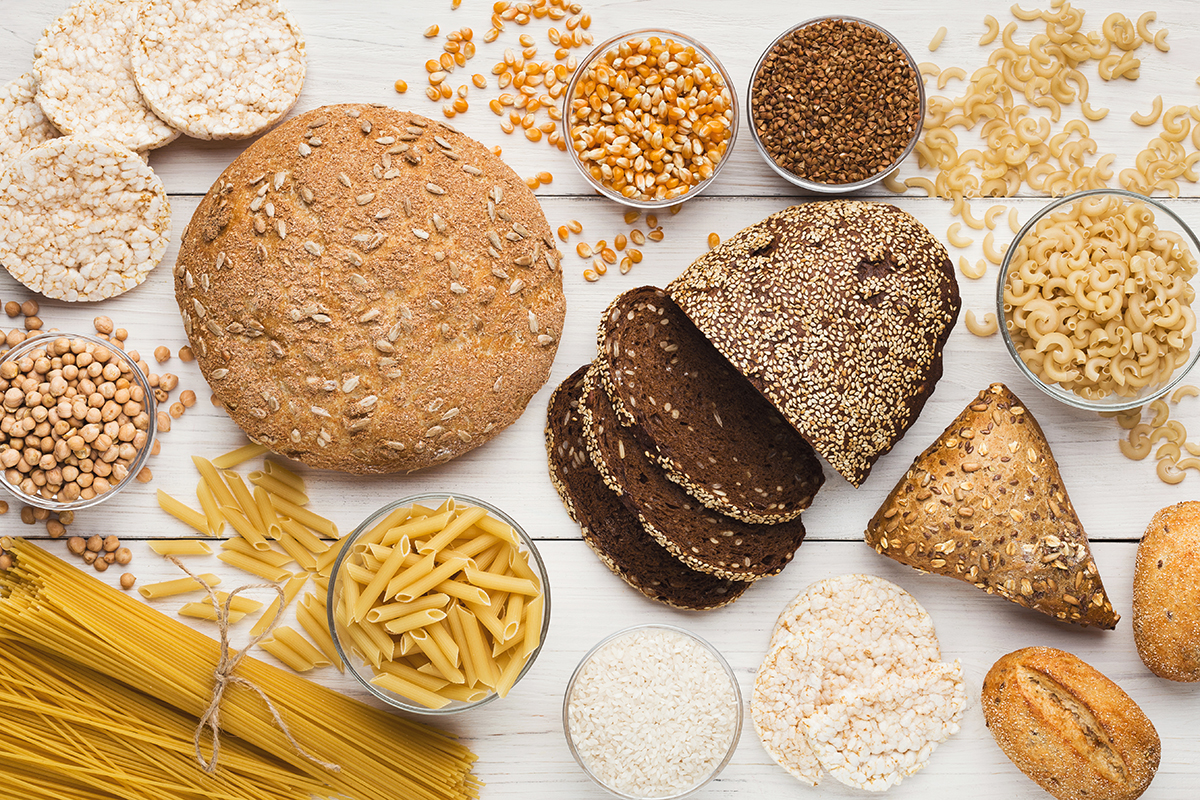Going Gluten-free Just Because You Think It’s Healthier? Read This First.
- by bonappetit
 Are gluten-free breads and products “better” than the originals — if you don’t have celiac disease?
Are gluten-free breads and products “better” than the originals — if you don’t have celiac disease?
One would be hard pressed to enter the baked goods aisle of most grocery stores today without encountering a large selection of gluten-free products. From bread and pasta to cakes and cookies, gluten-free products are lifesavers for those with celiac disease or gluten sensitivity. This trend may have you wondering if you should remove gluten from your diet in the name of “health.”
First, let’s geek out on gluten. Found in wheat, barley, and rye, this protein — when combined with water and kneaded — creates an elasticity that gives bread and other baked goods a chewy, soft texture. People with celiac disease or those who have been diagnosed as having problems digesting gluten (referred to as non-celiac gluten sensitivity) must avoid all foods containing it, including any wheat-based grains; traditionally prepared breads, pastas, baked goods; and any other foods using gluten-containing ingredients.
Because of the rise in public awareness around gluten sensitivity and celiac disease — as well as popular books demonizing wheat, and diets touting very low-carb eating patterns that paint carbohydrates as bad for health — gluten has become a scapegoat for a myriad of health conditions. “Going gluten-free” is currently quite trendy. However, research indicates that removing gluten-containing products from your diet has no clear benefits if you do not have an intolerance to gluten and that it may actually cause nutritional deficiencies in your diet if you don’t replace those nutrients naturally found in gluten-containing whole grains, for example fiber, folate, and iron.
Gluten-free products typically use rice, corn, potato, almond, and/or quinoa as replacements for gluten-containing grains. The nutritional quality of commercially prepared gluten-free products varies greatly, and some studies suggest that many are lower in protein and other nutrients than their gluten-containing counterparts. For example, the table below shows a comparison of one slice of whole grain bread compared to two common gluten-free alternatives. You’ll notice the gluten-free options have less fiber and protein content and more sugar per slice.

All nutrient data obtained from the USDA Food Composition Database
So, unless you have celiac disease or a sensitivity to gluten, gluten-free products are not inherently better for you than their originals: in fact, some gluten-free breads and other more processed products may actually contain less fiber and other essential nutrients. Keep in mind that just because a food product is labeled gluten-free, it does not necessarily mean it is healthy — there are plenty of indulgent gluten-free foods out there!
As with all foods, it’s best to read labels and opt for products that contain naturally gluten-free whole grains such as quinoa, millet, or brown rice, and seek out foods that are as minimally processed as possible.
At Bon Appétit, we know there’s a lot on your plate that you worry about. That’s why we have a team of registered dietitian nutritionists ready to answer your nutrition questions about which food choices will help you avoid unwanted pounds, work or study (and sleep!) better, and form long-lasting healthy eating habits. Email your questions and feedback to [email protected].